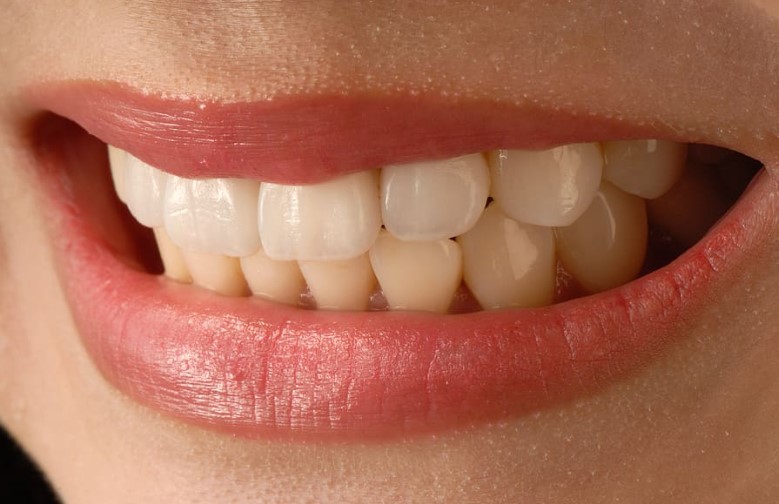Teeth Gums and Anti-Scorbutic Vitamins. Seafarers were notorious for contracting scurvy. It was caused by sailors subsisting on dried foods like hard tack during long sea voyages. There are several symptoms of scurvy, including soft and spongy gums that eventually lead to tooth loss, slow wound healing, poor bone formation, severe weakness, nausea, and eventually death.
Our teeth are lost as a result of gum disease as we age. According to dentist W.D. Miller, healthy gums prevent tooth decay. In light of the fact that gum disease causes tooth loss, it is possible that what causes and cures scurvy may also cause and cure gum disease. It was exciting to discover an animal model that could be used for experiments on scurvy. High-grain diets in guinea pigs cause a condition similar to scurvy in people.

A diet rich in bran and oats was fed to guinea pigs to cause scurvy. There were also whole grains that caused scurvy, including oats, barley, maize, and soybean flour. Guinea pigs would die of scurvy if they ate only oatmeal for 24 days. Guinea pigs also suffered from severe tooth and gum problems due to this scurvy-inducing diet. Clearly, whole grains are contaminated with plant toxins, which is why scurvy is caused by them. Neither scurvy nor germinated oats nor barley can be contracted by guinea pigs fed germinated grains.
Scurvy is caused by anti-nutrients that are disabled through sprouting. In the end, guinea pigs with scurvy are cured by reintroducing vitamin C to their diets via raw cabbage (sauerkraut would be appropriate for humans) or orange juice containing anti-scorbutic (anti-scurvy) vitamins. Rather than being entirely caused by vitamin C. deficiency, some speculate that vitamin C. may protect against scurvy-causing factors in the diet. Perhaps the injurious factor is something in whole grains since scurvy-inducing diets often contained whole grains.
Grains today contain a variety of plant toxins and antinutrients, including lectins and phytic acid. Phosphorus is most commonly stored in plants as phytic acid, particularly in grain bran and other seeds. There are significant amounts of it in grains, nuts, beans, and seeds, as well as some tubers. Phytic acid is a snowflake-shaped molecule containing phosphorus. The bioavailability of phosphorus is low in humans and animals with only one stomach.
In addition to blocking phosphorus availability, phytic acid also binds to calcium, magnesium, iron, and zinc, making them unavailable. Phytic acid’s ability to block iron absorption, however, can be significantly overcome by vitamin C. Adding vitamin C to the diet will significantly prevent phytic acid from blocking iron absorption.

Scurvy symptoms include soft, spongy gums leading to tooth loss, which are caused by inadequate vitamin C as well as too many grains. Scurvy is thought to be prevented and healed by vitamin C because it aids iron absorption, which is disrupted by improperly prepared grains high in phytic acid. In addition to treating scurvy, rickets was treated with scurvy-producing diets. As a result of rickets, a child’s legs will be severely bowed. Furthermore, rickets can lead to tooth decay as well as muscle weakness, bone pain, or tenderness.
The goal of the experiment was to produce rickets in dogs by feeding them oatmeal. Despite the fact that oatmeal, maize, or whole wheat flour contained more calcium and phosphorus than white flour or rice, Professor Edward Mellanby describes his findings from decades of research: Regardless of the fact that the former cereals contained more calcium and phosphorus, more severe rickets developed from the diet.
Diets rich in whole grains, such as whole wheat, whole corn, and wheat gluten, were found to be the most severe rickets-producing diets. It has been determined that rickets is a disease affecting calcium, phosphorus, and vitamin D metabolism. The number of hospital cases of rickets in June decreased significantly, according to one study.
Rickets can be prevented by butter containing Activator X, as previously mentioned. Due to the high concentration of Activator X in June grass-fed butter, this is the case. As a result of germination, whole oats continue to cause rickets. Nevertheless, fermentation along with germination greatly reduced the severity of rickets. Teeth become abnormal when eating a rickets-producing diet. With rickets, teeth are known to be less able to mineralize.
Occasionally, children with rickets do not erupt their teeth. It is possible to cure or prevent rickets by eating an adequate amount of fat-soluble vitamin D. It is because vitamin D increases the utilization of calcium and phosphorus in both phytic acid-containing and non-phytic acid-containing diets. In experiments using animals fed mostly whole grains, both scurvy and rickets are produced in the lab. There is a connection between scurvy and rickets in humans as well; it has been observed in other animals.
A report published in 1883 by Dr. Thomas Barlow of England suggested that scurvy and rickets are closely related. Scurvy in infants is also called Barlow’s disease. Ricketts and scurvy both cause serious problems with teeth and gums according to this dentist in Naples. In the absence of vitamin C, whole grains might cause scurvy. In the absence of vitamin D, they might cause rickets.
It is still possible to get scurvy in modern times, and the cause is still the same. Following a macrobiotic diet strictly for one year nearly caused death from scurvy in one previously healthy individual. A lot of her diet was made up of freshly ground whole grains and brown rice.
Read More – The Cost of Wisdom Tooth Extraction: Is It Worth the Expense?
